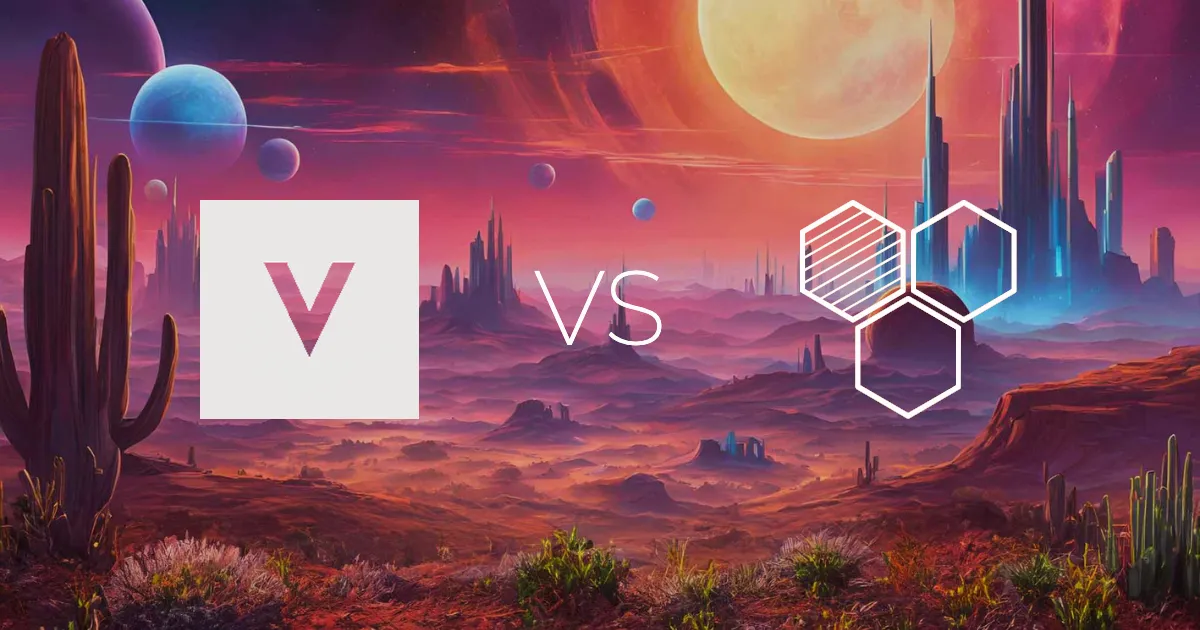Vellum vs. HoneyHive
Vellum and HoneyHive offer distinct capabilities in AI development, but their core functions differ. Vellum is built for prompt management, providing a low-code solution that allows teams to refine AI interactions with greater control. HoneyHive, in contrast, focuses on AI-driven automation, helping businesses streamline workflows and optimize operations. While both platforms bring value, they also come with limitations that may require additional tools or integrations to achieve a complete AI development process.
Instead of piecing together multiple solutions, Sandgarden provides a more advanced and adaptable AI development environment. It extends beyond the capabilities of Vellum and HoneyHive by offering a more integrated approach that enhances efficiency, security, and scalability. This comparison will break down the key differences between Vellum and HoneyHive while introducing an alternative that ensures a smoother, more future-proof AI workflow.







